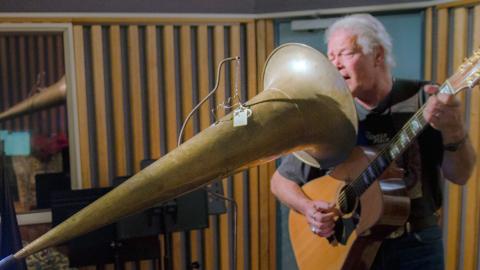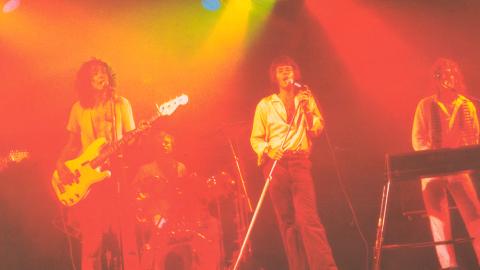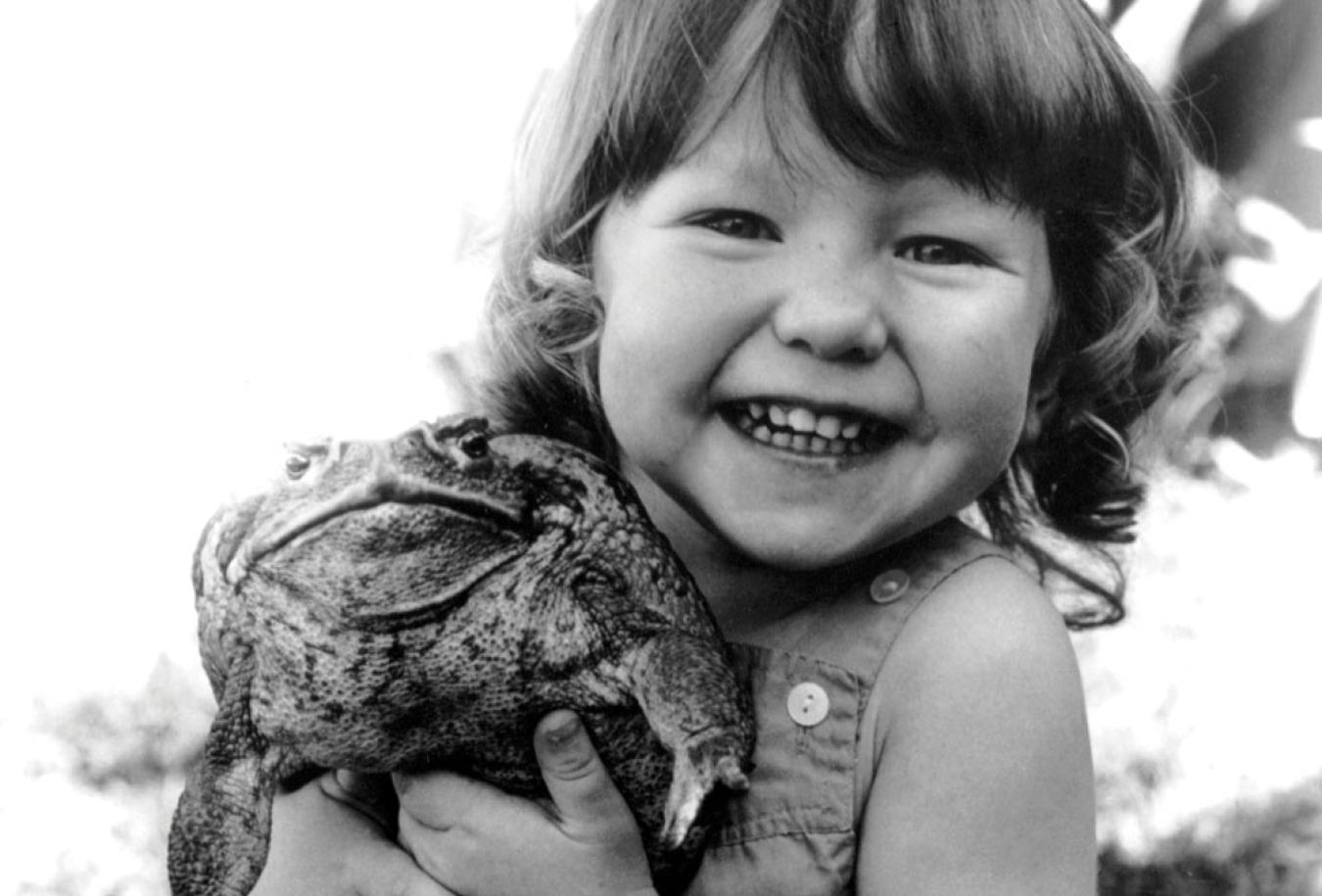

Wax Cylinders
Wax Cylinder Recordings
Long before vinyl records, cassette tapes and compact discs, there were wax cylinders.
In the late 1870s Thomas Edison invented the phonograph, a machine that could record and reproduce sound. The sounds were recorded on hollow cylinders made from wax and measuring about five cm in diameter and 11 cm in length. Each cylinder could record sound for up to two minutes. The Edison phonograph, along with prerecorded wax cylinders, became commercially available in 1889, changing the world of recorded sound forever.
The NFSA collection includes the earliest known Australian sound recording, which was recorded on wax cylinder in 1896, as well as an Edison Standard D model phonograph and new songs by contemporary Australian artists recorded using this vintage technology.

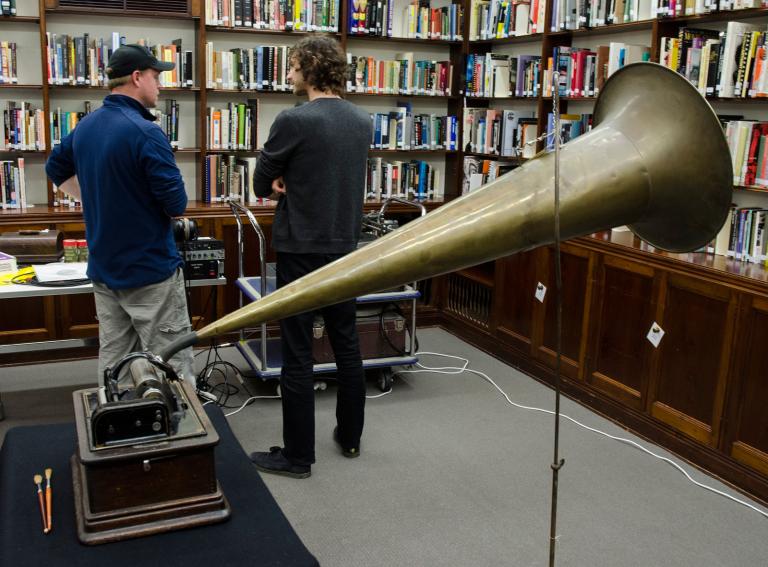

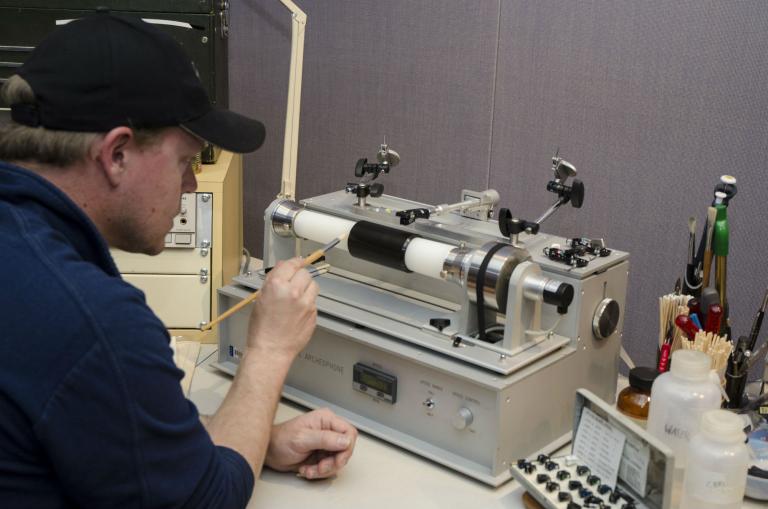
The National Film and Sound Archive of Australia acknowledges Australia’s Aboriginal and Torres Strait Islander peoples as the Traditional Custodians of the land on which we work and live and gives respect to their Elders both past and present.
